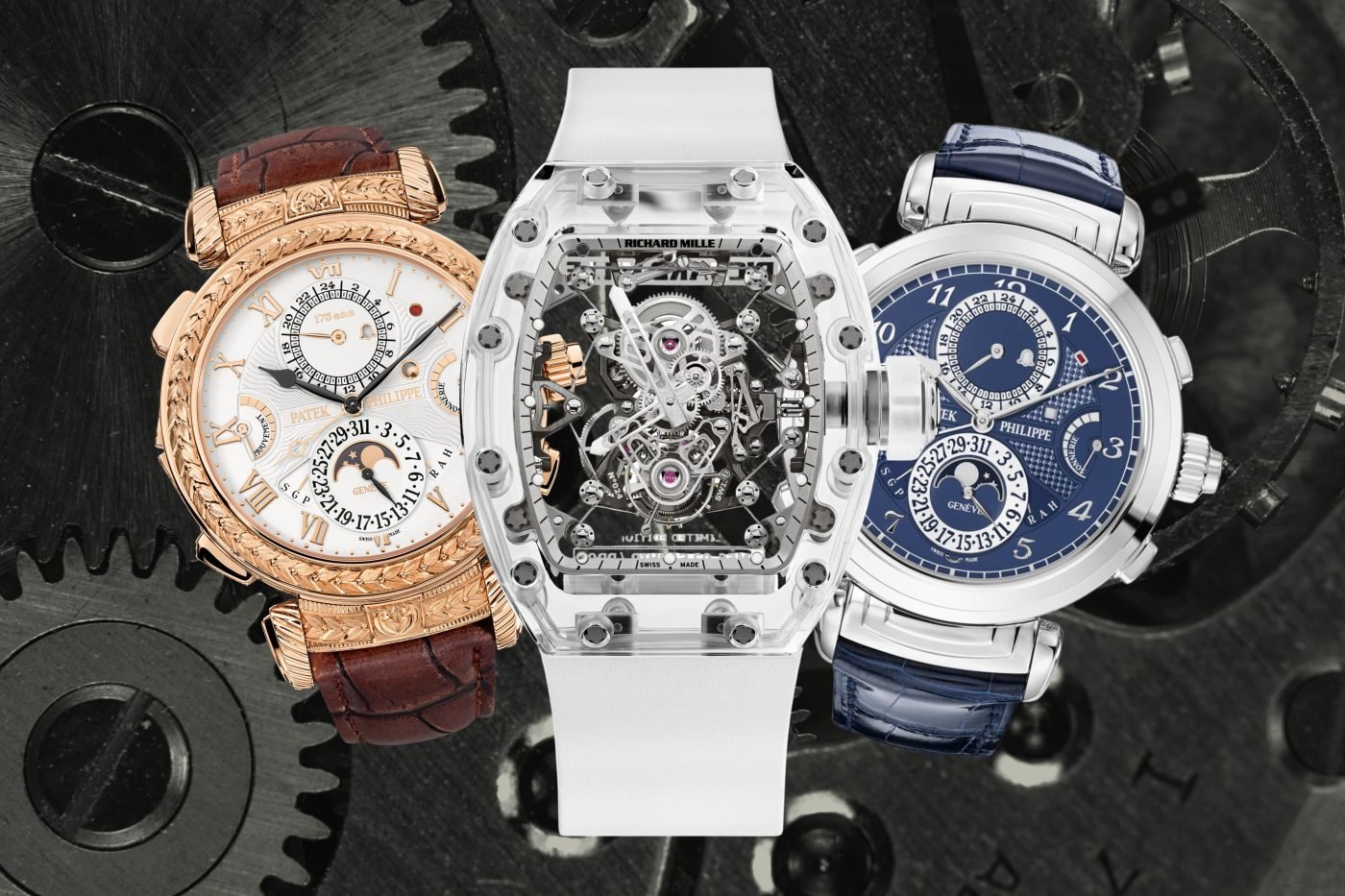- From Richard Mille to Patek Philippe, the world’s most expensive watches are all hand-wound, relying on human touch instead of self-winding rotors.
- Hand-wound movements are prized for purity, precision, and emotional connection, turning daily winding into a ritual of intent rather than convenience.
- Richard Mille’s RM 56-02, Patek’s Grandmaster Chime, and Jacob & Co.’s Astronomia prove that true luxury is gloriously impractical.
In an age obsessed with automation and the inevitable, but equally devastating, slow death of art (which, for the horologically inclined in the room, I do consider haute horlogerie to be art), it’s almost refreshing to see that the most expensive watches in the world are still wound by hand.
The priciest creations from Richard Mille, Patek Philippe, Jacob & Co., Greubel Forsey, and A. Lange & Söhne all rely on human fingers turning a crown, not a rotor swinging with each step, resulting in eloquent pieces that always justify their larger-than-life price tags.
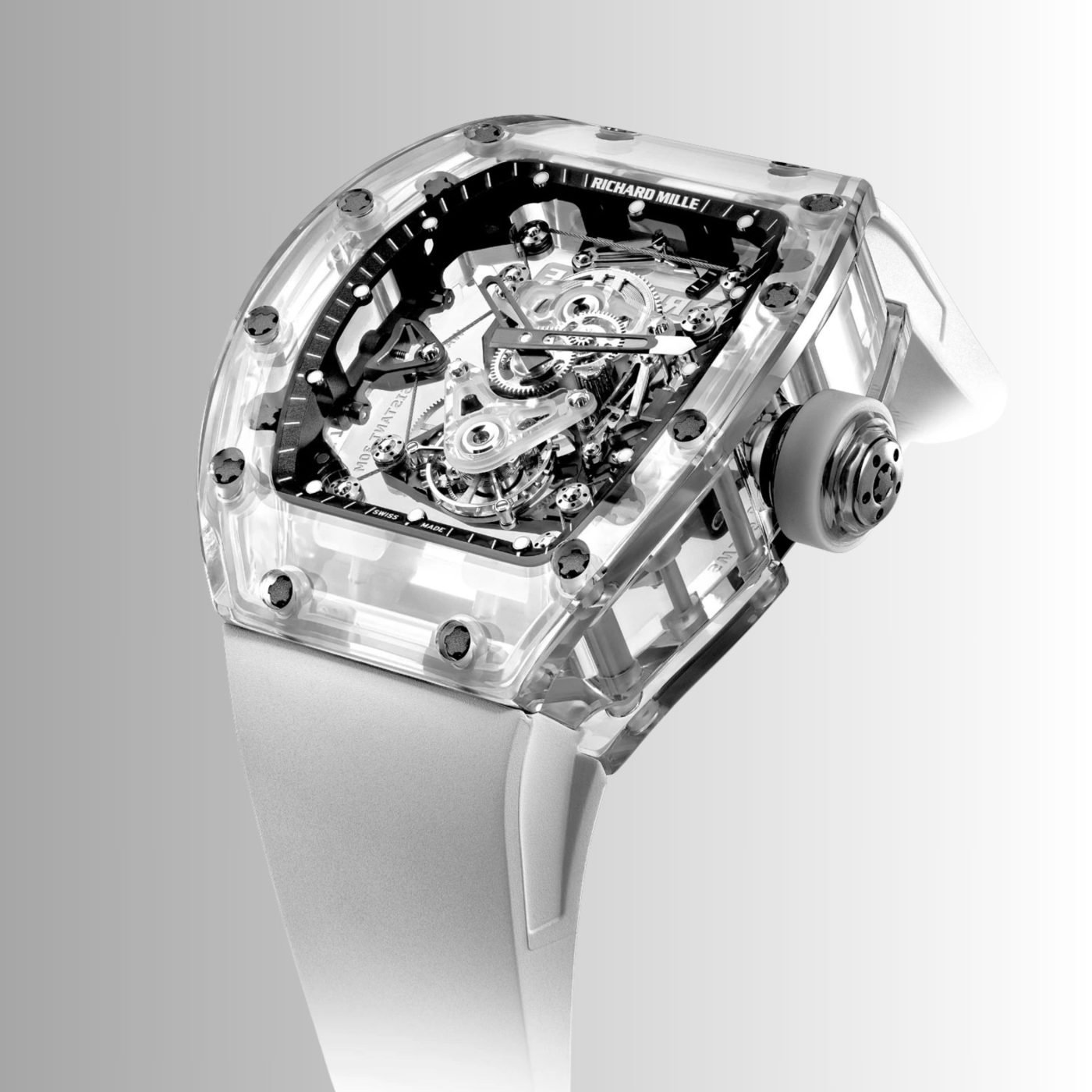
It’s one of horology’s quiet ironies, that progress within this age-old industry is, in fact, rooted in something so mechanical, so intimate, and so defiantly analogue; a rare juxtaposition against our immediate march towards our bevolent AI overlords.
It’s why the world’s biggest brands are still some of the hardest to acquire. Richard Mille produce 6,000 pieces a year. Jacob & Co., roughly half that. Although this scarcity helps to maintain the allure and exclusivity of these brands, the lack of boutique models isn’t just a way to keep customers on their toes; it’s because it takes a bloody long time to wind the things. Which isn’t always a bad thing.
Curated news for men,
delivered to your inbox.
Join the DMARGE newsletter — Be the first to receive the latest news and exclusive stories on style, travel, luxury, cars, and watches. Straight to your inbox.
The Power of the Hand-Wound
A hand-wound movement is exactly what it sounds like: a watch that runs only when you give it life. There’s no hidden rotor secretly doing the work for you, no algorithm tracking your wrist angle. Just a small crown, a coiled spring, and a few turns that power the movement.

Inside, the mainspring acts like a battery, one that’s powered entirely by tension. Each twist of the crown winds it tighter, storing potential energy that slowly releases through an intricate web of gears, levers, and balance wheels to keep perfect time. When that tension runs out, the watch stops dead — waiting patiently for your return. Seems simple, right?
Unlike automatics, which wind themselves as you move, a hand-wound watch demands participation. It’s a ritual that separates the owners from the enthusiasts. A moment each morning to physically connect with your expensive timepiece beyond the hundreds (sorry, thousands) of photos you’ve taken of it on your phone.
It’s a rare moment to set the watch, ready for the day. A bit like making your bed. You’re able to feel the resistance and hear the faint clicking of the intricate complication within.
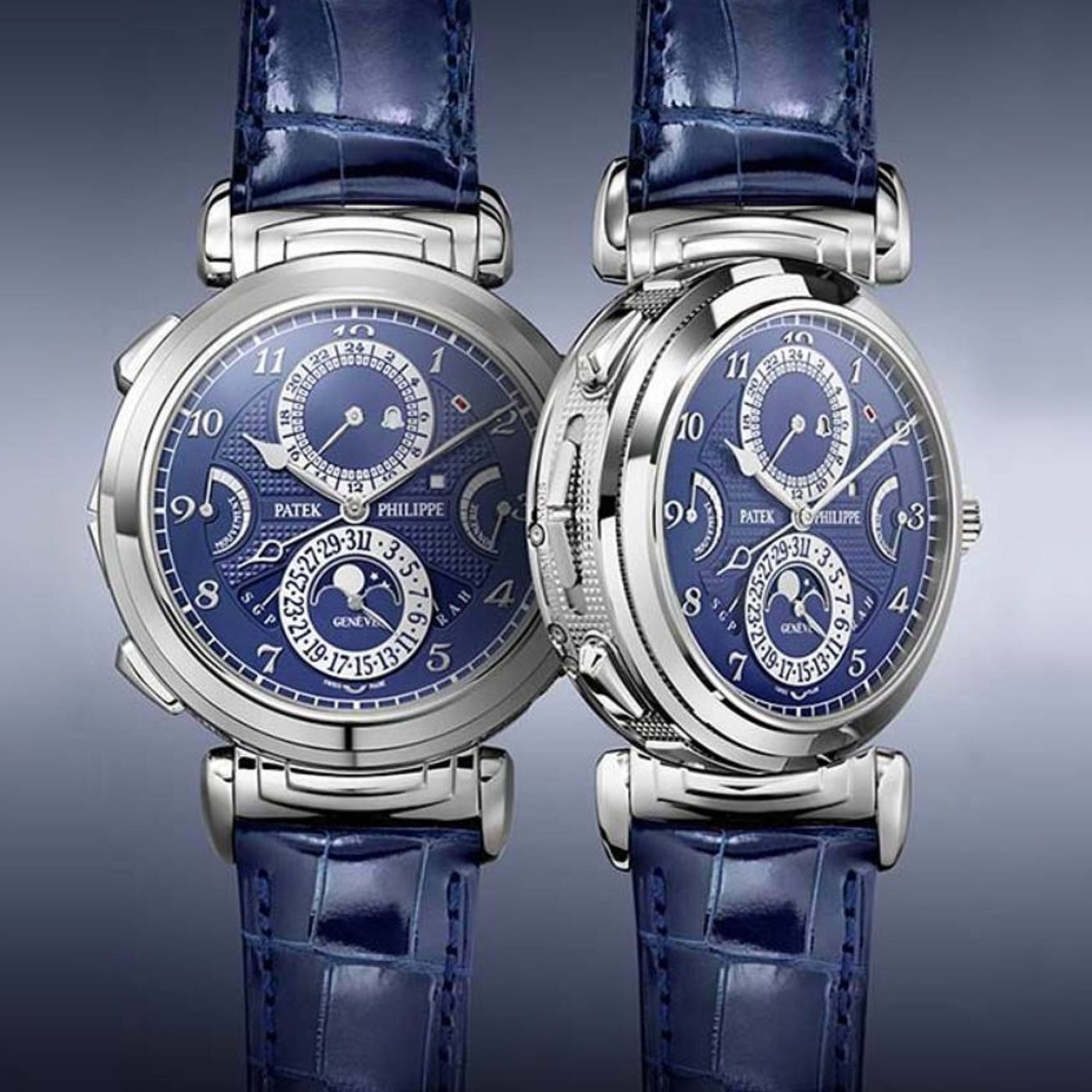
Collectors, of course, will tell you that’s the whole point. Hand-wound watches are thinner, more refined, and, when done properly, more personal than their automatic or even quartz counterparts. In a world obsessed with convenience, the act of winding feels like protest. But this pseudo act of rebellion, inevitably, comes at a premium.
Richard Mille: The Billionaire’s Toy Box
Look at the Richard Mille RM 56-02 Sapphire Tourbillon, valued around $2.2 million USD (~$3.4 million AUD). Call it a daily wearer.
The case is cut entirely from solid sapphire crystal: three individual pieces that take more than a month to machine, polish, and align.
Inside, the entire hand-wound movement floats, suspended on a microscopic cable system inspired by the RM 27-01 Rafael Nadal. It’s not an exaggeration to say the calibre is literally hanging by a thread: a 0.35 mm braided steel cable, tensioned and adjusted like a Formula 1 suspension system.
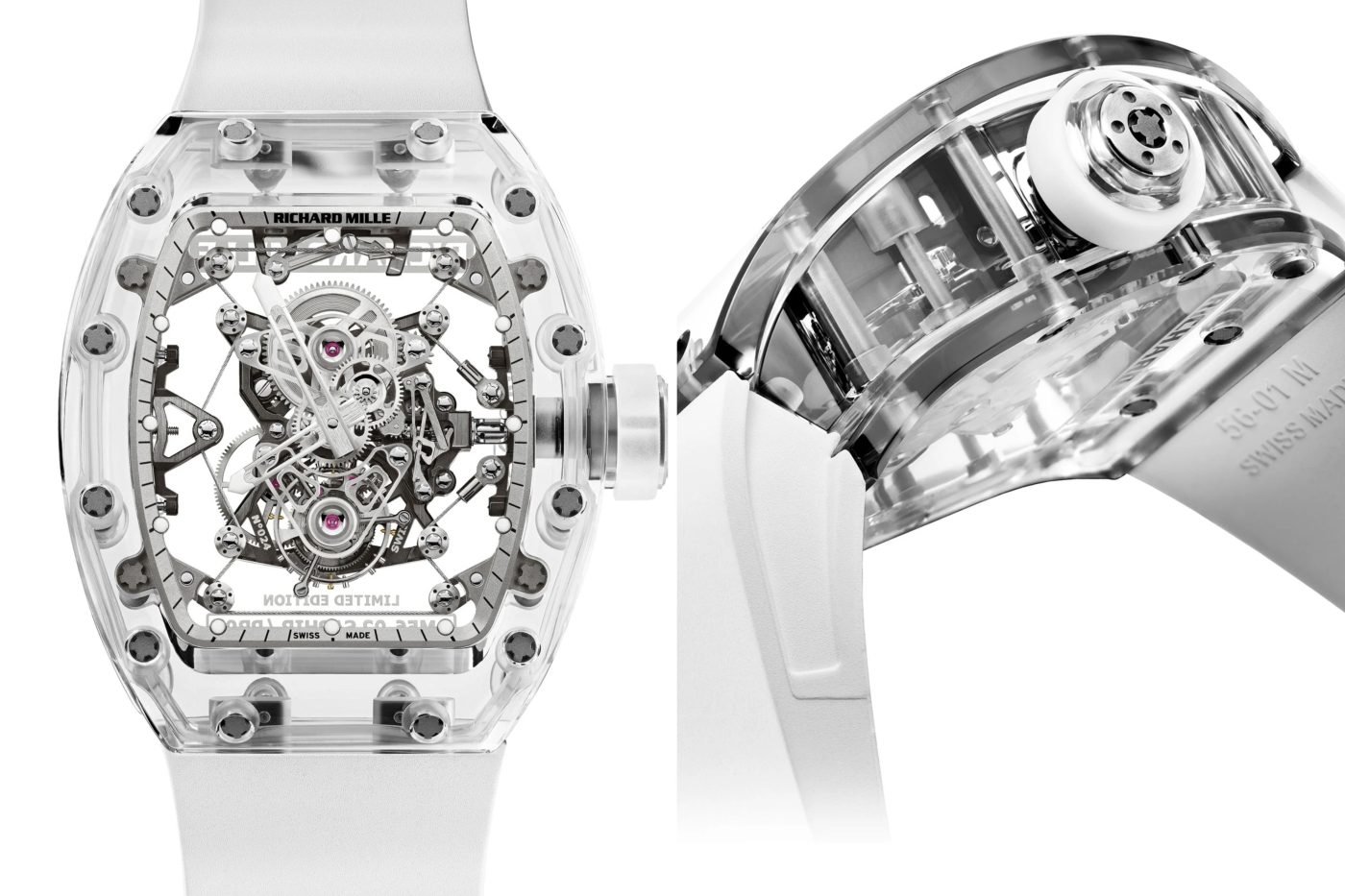
Without a rotor or self-winding module, the movement sits lighter and completely exposed within the watch. It’s a reflection of RM’s enduring philophy around stripping down unnecessary mass, inspired largely by the incredible feats of Formula 1 engineers.
It’s the same story across the RM 27-03 Rafael Nadal edition, which weighs just 20 grams but can withstand shocks up to 10,000 G. Again, powered only by the turn of a crown.
Patek Philippe: The Art of Tradition
Then there’s the Patek Philippe Grandmaster Chime, a $3 million USD (~$4.6 million AUD) watch so complicated it makes your phone look like a pocket calculator.
Originally launched in 2014 to mark Patek’s 175th anniversary, the Grandmaster Chime Ref. 5175R was the brand’s magnum opus: twenty complications, two dials, and a hand-engraved case that took more than 100,000 hours of labour to develop.
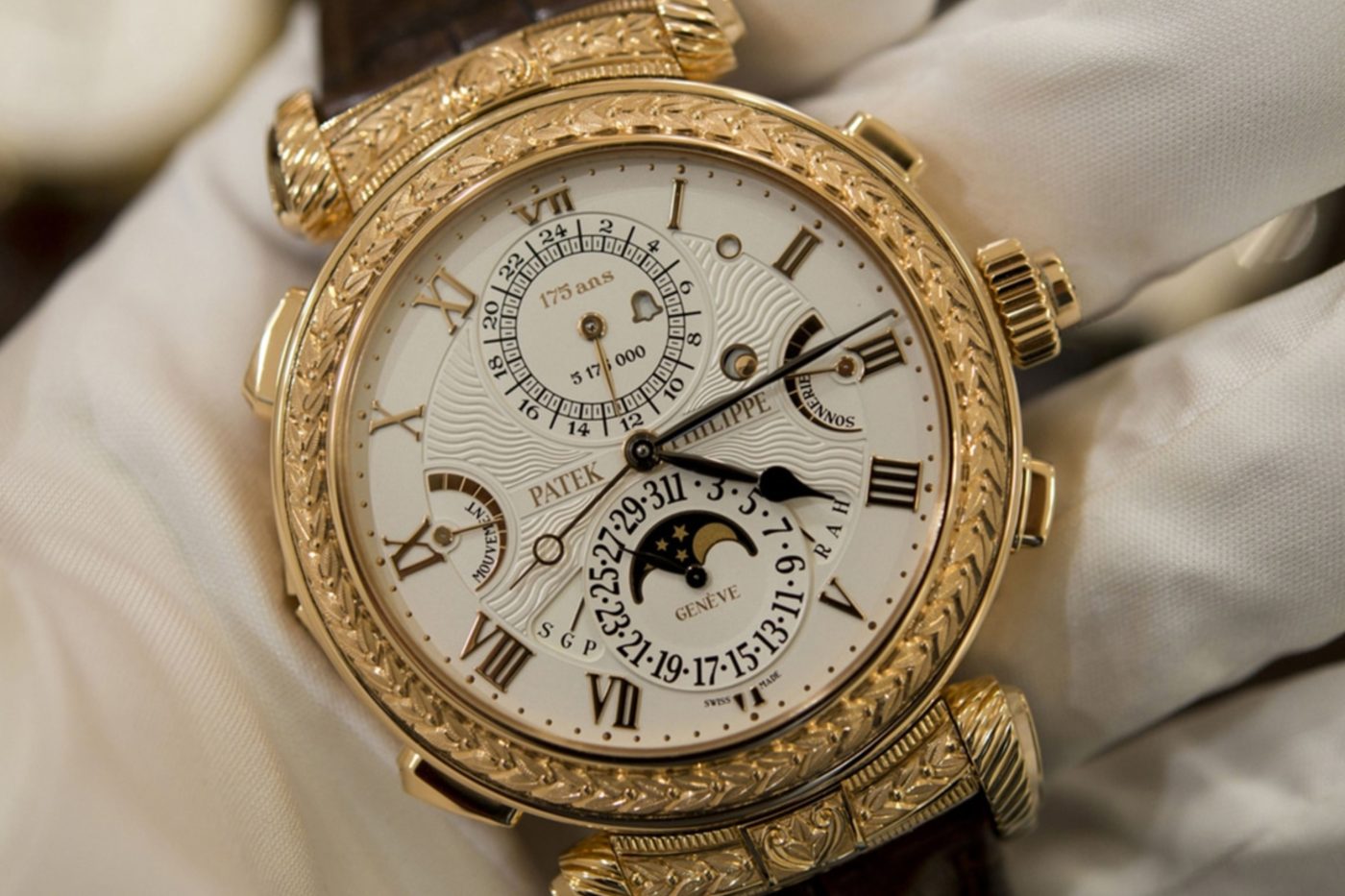
A few years later, Patek unveiled the 6300G, its white gold sibling, powered by the same hand-wound calibre 300 GS AL 36-750 QIS FUS IRM.
This movement is a mechanical symphony, with five chiming modes, including a grand and petite sonnerie, a minute repeater, and even an alarm that chimes the actual time, each adding to a composition that took nearly a decade to perfect. It’s a brazen party trick so absurdly complex that only Patek would attempt it.
Jacob & Co. and the Theatre of the Tourbillon
Finally, I want to take a closer look at Jacob & Co. and its Astronomia collection.
Of course, the luxury watchmaker has built a global reputation for its theatre, introducing intricate components like multi-axis tourbillons, miniature rotating planets, and exposed barrels that rely entirely on hand-wound energy to keep the show going.
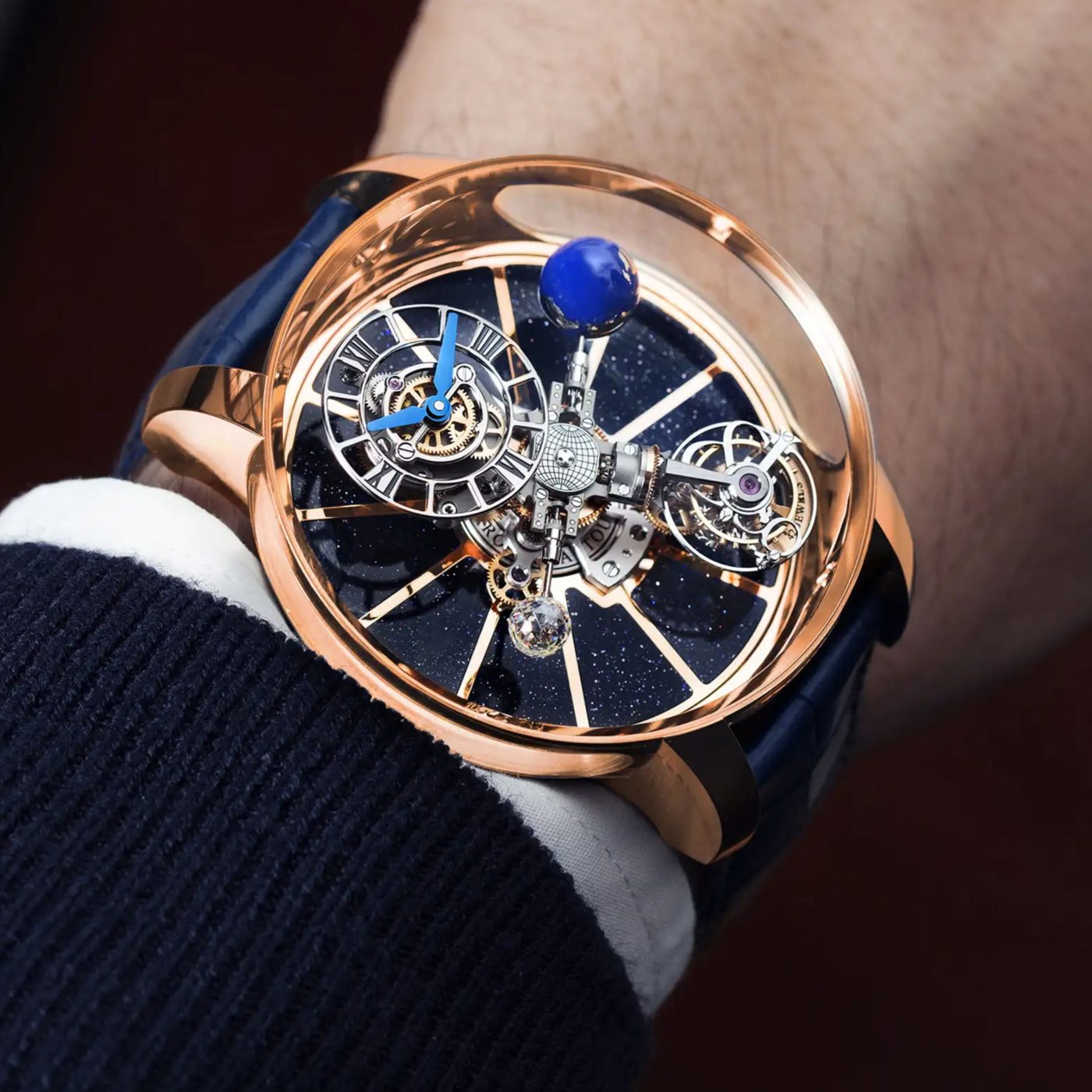
Each Astronomia is built around a central vertical axis where four arms rotate continuously: one carries the triple-axis tourbillon, another the time display, another a miniature Earth, and another a hand-painted magnesium globe or rotating diamond representing the Moon. The entire assembly makes a full rotation every ten minutes, all powered by the wearer’s effort.
The reason is that automatic systems simply can’t deliver the power or balance required for such kinetic displays. Because of its inner-workings, however, the Astronomia Revolution costs more than most Ferraris, and yet it must be wound by hand every 36 hours.
The Irony of Modern Luxury
Forget to wind a manual watch, and it simply stops, which, in a world of uniterrupted convenience, feels inherently impractical. But that’s exactly the point.
Where everything from your car to your coffee machine thinks for you, the act of winding a watch is a rejection of ease in favour of purpose and drive, delicately assembled within an inch of its life to defy automation. These masterpieces are the modern antidote: deliberate and considered, and, for me, the purist expression of watchmaking. It’s why they’re among the very best in the world. And why you’d have to sell a kidney to get one.
